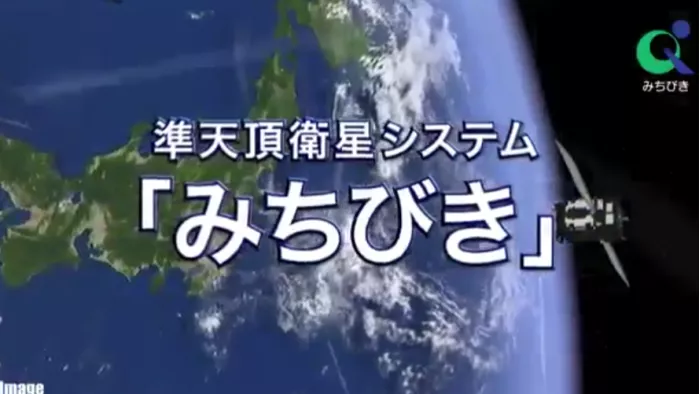On June 6, according to Japanese media reports, the East Japan Expressway Company (nexco East Japan) said that by using the quasi zenith satellite "pilot" technology, it would realize the practicality of the snow removal vehicle's auto drive system as early as 2023. Without the use of cameras, the snow removal vehicle could drive with an error of less than 20 cm on snowy days with poor vision.

The quasi zenith satellite "Yinlu" is called the Japanese version of global positioning system (GPS). At present, many Japanese enterprises hope to use this technology to realize automatic driving. It is reported that only using GPS will produce errors of several meters. However, if the "guide" is used, the minimum positioning information error is only a few centimeters. There is no need for a steering wheel. Snow removal vehicles with a width of more than 2 meters can basically drive automatically on the envisaged route. During the snow removal operation on the expressway, the snow removal vehicle will not deviate from the white line of the road, nor touch the guardrail beside the road.
Nobuyoshi Abe, chief of the technical planning section of the Hokkaido branch of nexco East Japan, said, "it should be very difficult to achieve an error of less than 20cm at the snow removal site without the signal of the" pilot ".
Yinlu launched its first satellite in 2010, which was developed by Mitsubishi Electric and operated by NEC. Three additional satellites will be added in 2017, and the current four satellites will be operated in 2018. "As the number of applications increases, the driving stability is also improved." Abe said.
In the test in 2021, nexco East Japan confirmed the performance of the automatic driving technology with the help of the signal of "Yinlu", and strived to build the system in 2022 and put it into use in the iwakizawa Meibai interchange (IC) in Hokkaido in 2023.
In the field of passenger cars, some of the automatic driving and driving assistance technologies using the positioning information of the "pilot" number have been put into practice. For example, Nissan's pure electric vehicle "ariya" supports positioning information with an error of only a few centimeters, and some models of Subaru and Honda will also use the "pilot" number.
In order to provide position information stably, the Japanese government plans to increase the number of "Yinlu" satellites from the current 4 satellites to 7 satellites around 2023. It is expected that it can be used independently without relying on U.S. GPS.